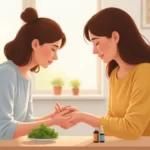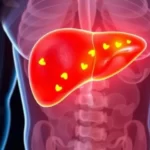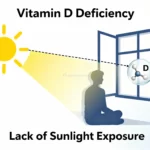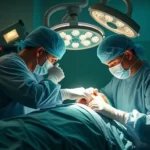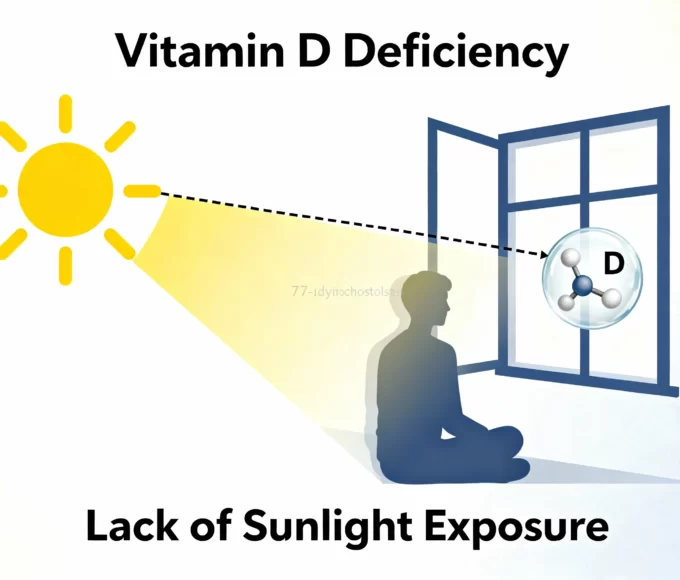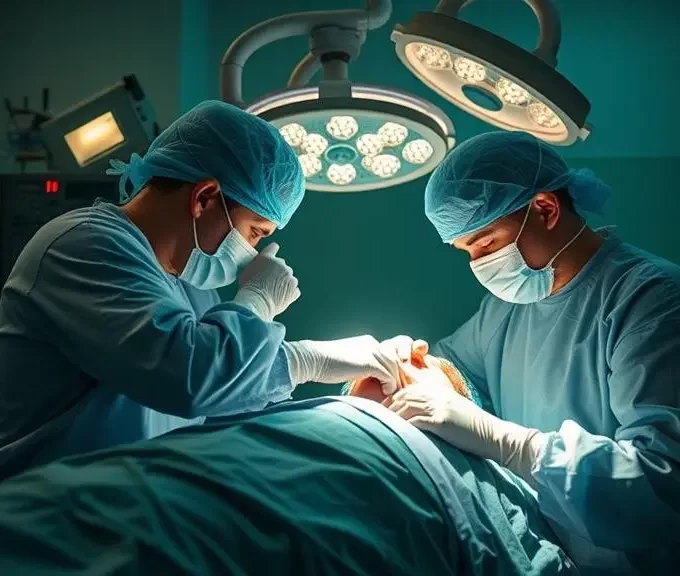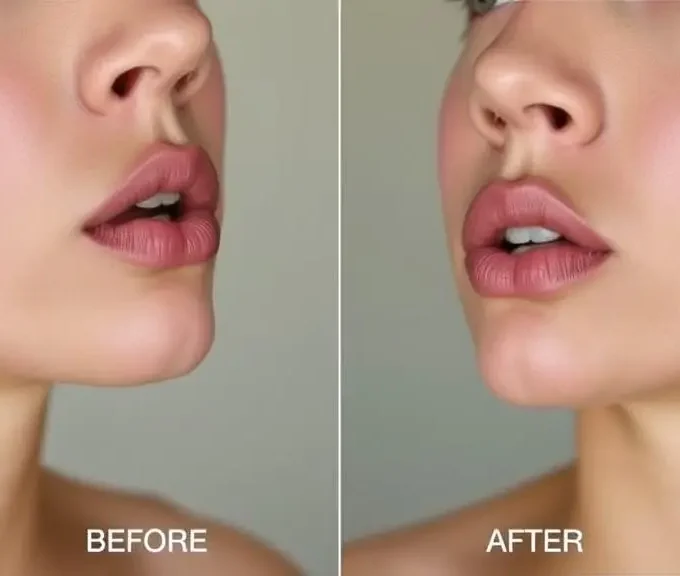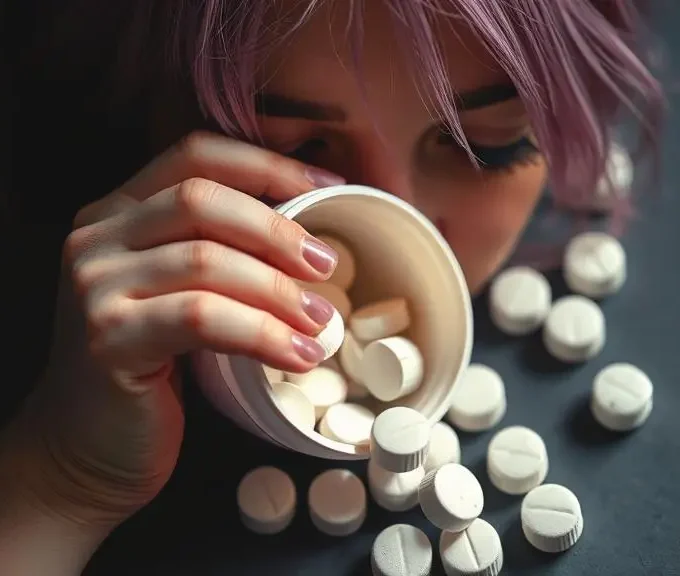What are Pimples?
When hairs, sebum, and skin cells group together, they may form a plug, which serves as a breeding ground for bacteria. Soon, swelling sets in and as the plug starts to “break down,” the result is an unattractive pimple. There are no age limitations when it comes to pimples. While teenagers and young adults suffer a greater chance of reoccurrence, there are some individuals who never lose their susceptibility. Men and women in their 50s and 60s may still show signs of acne outbreaks [1].
While there are many different kinds of pimples, the most common types you may encounter, include:
a) Whiteheads:
Pimples that remain under the surface of the skin.
b) Blackheads:
Pimples that appear on the surface of the skin and have a black appearance. Sometimes, individuals have mistaken their formation as a direct result of dirty skin, but this is not the case.
c) Papules:
Small lumps that are tender to the touch, which are pink in color.
d) Pustules:
These distinct pimples are red at the bottom and contain a visible amount of pus on top.
e) Nodules:
These pimples are rather large and painful, found deep in the skin. They are also solid to the touch.
f) Cysts:
When these deeply seeded pimples appear, scarring may occur. This type of pimple is quite painful and filled with pus.
Symptoms of Pimples
The signs of acne are unmistakable and may appear on the face, neck, shoulders, back, or chest. Whiteheads and blackheads are the most common type of pimples you will encounter. Additional signs or symptoms associated with the pimple include:
a) Pain:
Blemishes on the face can be quite painful because of the pressure associated with clogged pores.
b) Pus:
Pus is a sign associated with an infected pimple. Pustules, nodules, and cysts most commonly bring about this symptom.
c) Scarring:
When pus-filled pimples appear on the body and face, there is a chance that scarring may occur. This outcome is often helped along when an individual doesn’t properly care for their face. Picking at and squeezing infected pimples only increase the chances of suffering scars.
d) Extreme Redness:
Infected pimples, such as pustules, nodules, and cysts display rather red features.
Home Remedies for Pimples
a) Vitamins:
Pimples have been known to positively react to the addition of niacin (100 mg; three times per day), and vitamin A to a diet. 400 mg of vitamin E taken once per day also works wonders. You may also take 50mg of therapeutic zinc in tablet or capsule form (three times per day).
b) Fenugreek:
A useful paste can be created from the leaves of this vegetable, which is then applied to the face before you retire each night. At the start of the morning, the paste should be washed off using warm water. Pimples, especially blackheads are treated with this home remedy.
c) Orange Peel:
When orange peels are pounded and combined with water, an effective home treatment for pimples is created. Apply to affected areas and watch the results.
d) Lemon:
Apply lemon juice to pimples to reduce their size and intensity.
e) Garlic:
If you rub raw garlic on problem areas several times a day, you can clear up skin. You may also eat three seeds of raw garlic once daily for a month to see results. The garlic seeds purify the blood, which aids in keeping pimples at bay.
f) Coriander and Mint Juice:
A helpful herbal remedy for pimples includes the mixing of one teaspoon of coriander juice, combined with a pinch of turmeric powder. Every night, after thoroughly washing the face, apply the juice for an effective home remedy. Mint juice may also replace the coriander for this home treatment for pimples.
g) Hot Epsom Salts Bath:
It is believed that a hot Epsom salts bath taken two times per week will ease all cases of acne [2].
h) Cucumber:
Try applying grated cucumber over the face, neck, and eyes for the treatment of pimples and blackheads. This process should only take 15-20 minutes of your time.



